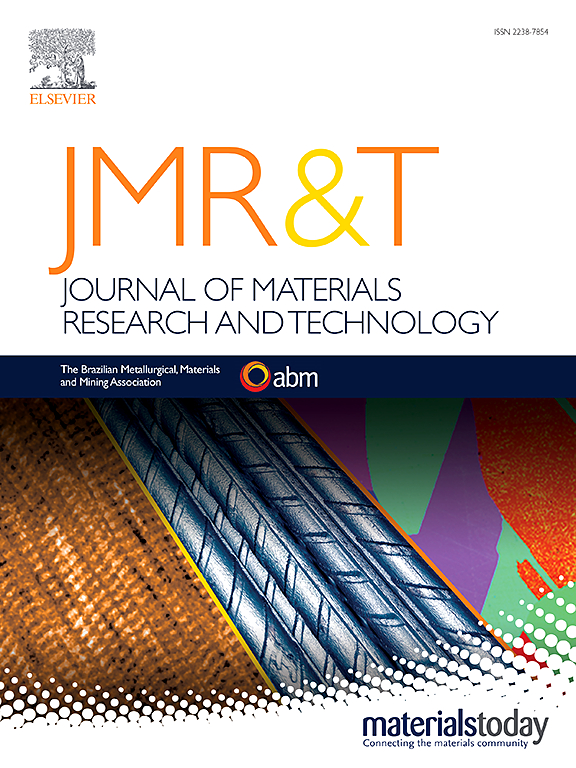Research progress of electromagnetic pulse welding technology: A review
IF 6.2
2区 材料科学
Q1 MATERIALS SCIENCE, MULTIDISCIPLINARY
Journal of Materials Research and Technology-Jmr&t
Pub Date : 2025-03-15
DOI:10.1016/j.jmrt.2025.03.131
引用次数: 0
Abstract
The purpose is to explore the welding principle and interface bonding mechanism of electromagnetic pulse welding technology and understand the microstructure and properties of welded joints, the production and application of electromagnetic pulse welding technology in actual industry are further promoted. This paper provides a comprehensive review of this technology. The equipment and characteristics of electromagnetic pulse welding are outlined, along with its circuit device and system. The principles and parameters of electromagnetic pulse welding are discussed, including the circuit principle and combination principle. Furthermore, this study highlights the outstanding performance of the microstructure and properties of electromagnetic pulse welding, and the simulation progress of related equipment components and experimental process parameters. Finally, the future research focus and development trends are explored. It provides a reference for further promoting the wide application and rapid development of electromagnetic pulse welding technology. It provides a reference for accelerating the development of electromagnetic pulse welding technology and putting it into industrial production, extensively.
求助全文
约1分钟内获得全文
求助全文
来源期刊

Journal of Materials Research and Technology-Jmr&t
Materials Science-Metals and Alloys
CiteScore
8.80
自引率
9.40%
发文量
1877
审稿时长
35 days
期刊介绍:
The Journal of Materials Research and Technology is a publication of ABM - Brazilian Metallurgical, Materials and Mining Association - and publishes four issues per year also with a free version online (www.jmrt.com.br). The journal provides an international medium for the publication of theoretical and experimental studies related to Metallurgy, Materials and Minerals research and technology. Appropriate submissions to the Journal of Materials Research and Technology should include scientific and/or engineering factors which affect processes and products in the Metallurgy, Materials and Mining areas.
 求助内容:
求助内容: 应助结果提醒方式:
应助结果提醒方式:


